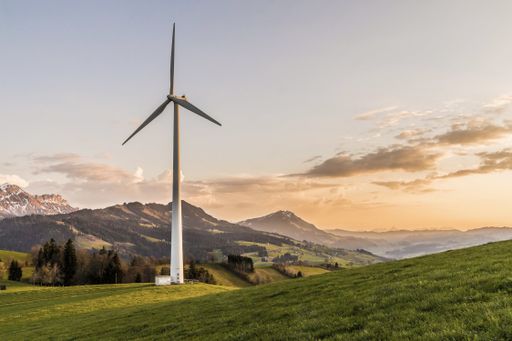Seawater Plant to Capture CO2 and Produce Hydrogen
UCLA has partnered with Singapore's national water agency and other organizations to build the world's largest ocean-based carbon dioxide removal plant.

Partnership to Build Carbon Dioxide Removal Plant
UCLA has joined forces with Singapore's national water agency and other partners to construct the world's largest ocean-based carbon dioxide removal plant. The plant is capable of removing 3,650 metric tons of CO2 per year while producing 105 metric tons of carbon-negative hydrogen.
After successful pilot programs in Los Angeles and Singapore, UCLA and its start-up company Equatic are moving forward with a full-scale demonstration plant. The project, named Equatic-1, is supported by Singapore’s Public Utilities Board, National Research Foundation, and UCLA’s Institute for Carbon Management.
The Equatic process uses electrolysis to break seawater into its constituents, hydrogen and oxygen. At the same time, it securely stores dissolved and atmospheric CO2 as solid calcium and magnesium-based materials. This process helps expand the ocean's natural CO2-storing ability while removing dissolved CO2 from the water.
Building the Largest Ocean-Based CO2 Removal Plant
A team of researchers and tech-scaling experts from UCLA's Institute for Carbon Management and Equatic will head to Singapore to begin constructing the world's largest ocean-based CO2 removal plant. The project will be completed in two phases over the next 18 months.
During the first phase, Equatic-1 aims to remove one metric ton of CO2 per day by late 2024. In the second phase, nine additional modules will be installed, bringing the total to 10. It is expected that Equatic-1 will be able to remove 10 metric tons of CO2 per day from seawater and the atmosphere, which is 100 times more than the successful Singapore pilot plant.
Additionally, Equatic-1 has the potential to produce nearly 300 kg of carbon-negative hydrogen daily. This clean fuel is crucial for decarbonizing transportation and industrial applications.
Advancing Towards Net-Zero Emissions
PUB, Singapore's national water agency, has set a goal of achieving net-zero emissions by 2045. Their approach includes replacing fossil fuels with renewable energy, investing in research and development for energy-efficient water-treatment processes, and capturing and removing carbon from the atmosphere.
By collaborating with UCLA and Equatic, PUB hopes to develop a solution that aligns with their desalination plant. They believe that technological advancements, in partnership with academia and the private sector, are instrumental in tackling the challenges posed by climate change.
The modular design of Equatic-1 reduces the risks associated with scaling technological innovation. The system also incorporates selective anodes, developed with the support of the US Department of Energy, to safely produce oxygen during seawater electrolysis while eliminating unwanted byproducts.

